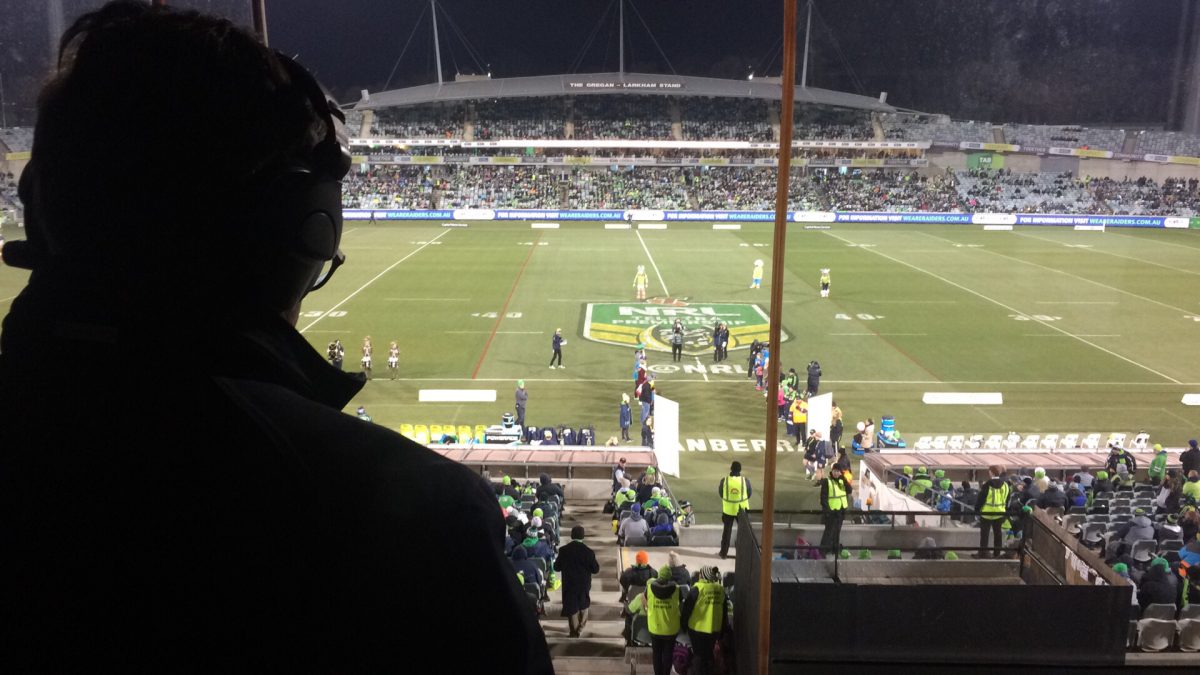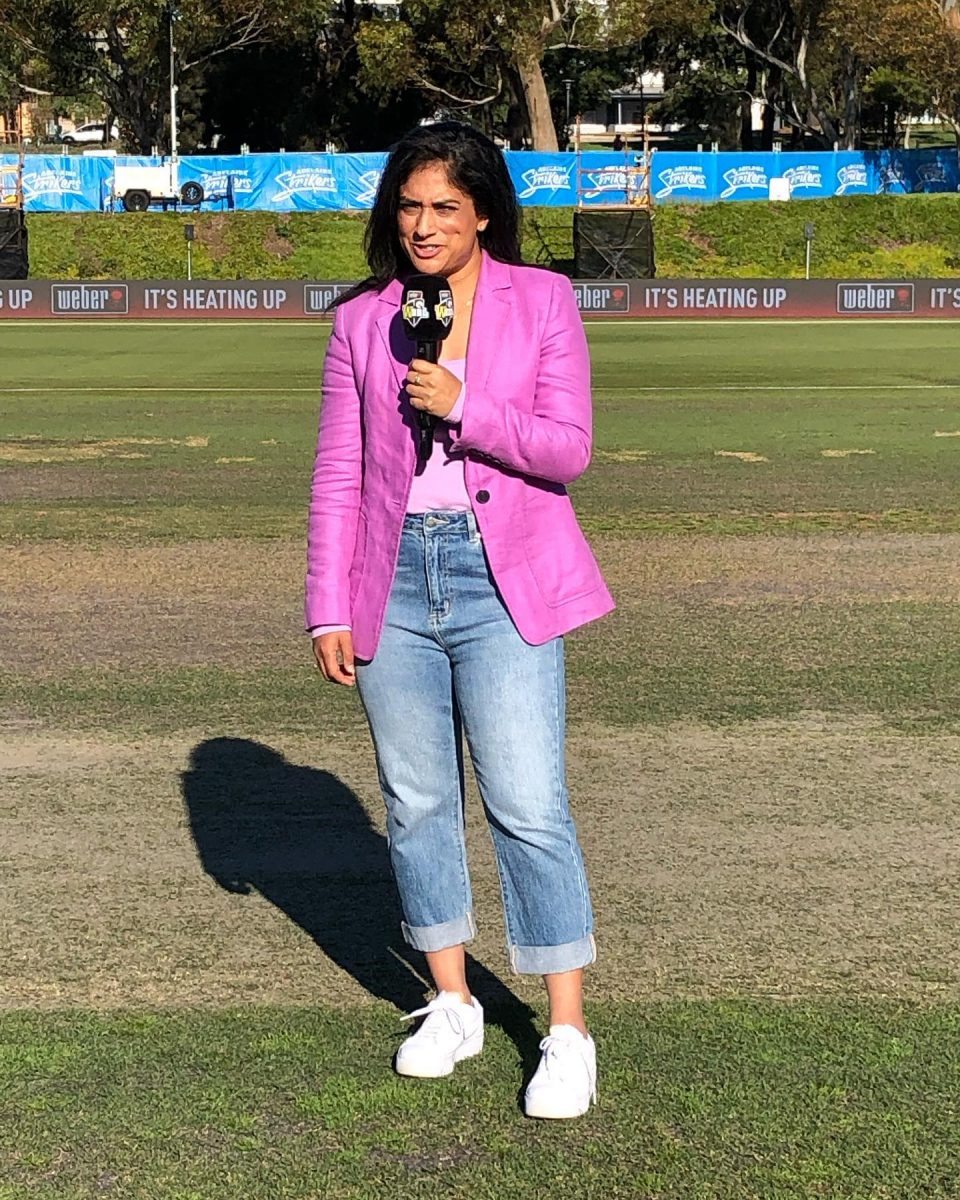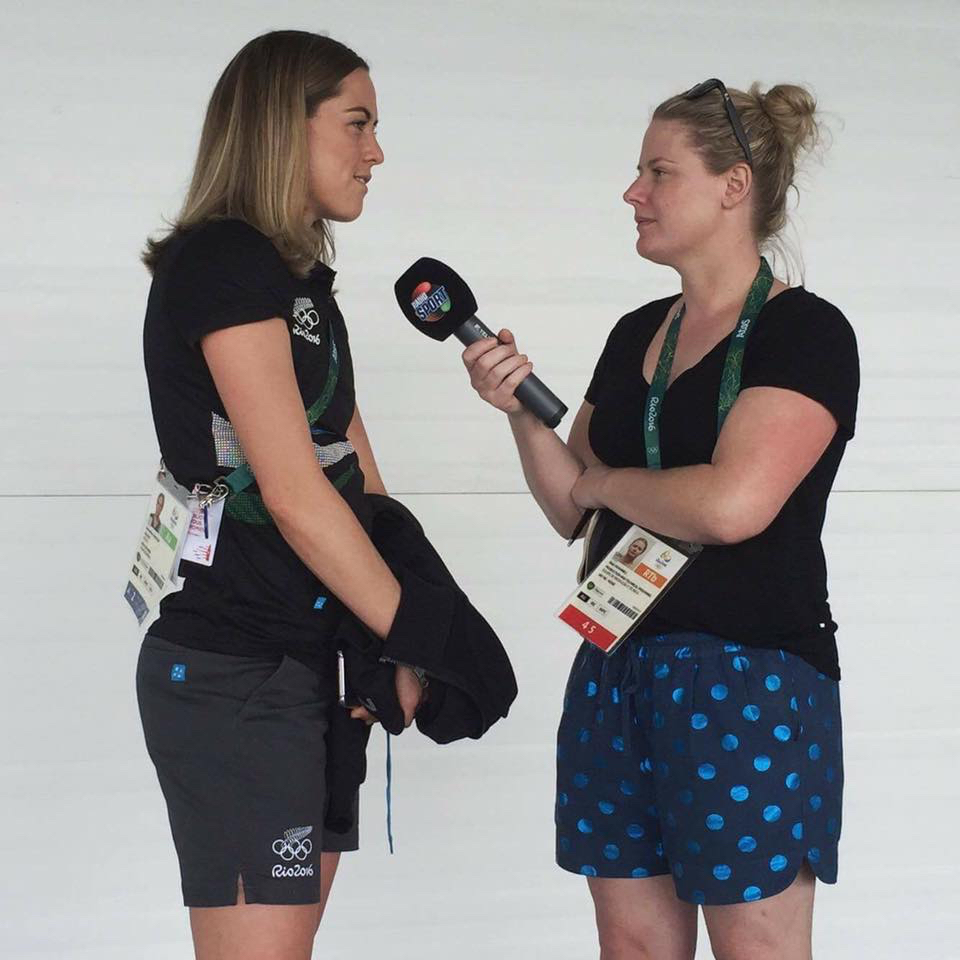
Ball-by-ball sports commentary has historically been the domain of men. Photo: Lachlan Roberts.
For as long as most of us can remember, the sound of summer was very much a male domain. The radio or television voices we heard giving a ball-by-ball description of cricket were exclusively those of men.
You can imagine some of those from yesteryear shifting uncomfortably in their broadcasting positions if they were around in the current day.
The reason for this discomfort is the noticeable shift in the composition of broadcasting teams on both radio and television.
Women, such as former England cricket all-rounder Isa Guha, Lisa Sthalekar, Mel Jones and Alison Mitchell, have taken cricket coverage to a new level.

Lisa Sthalekar. Photo: Facebook.
Admittedly it has taken a while for women to be accepted as ball-by-ball commentators, with plenty of hurdles placed in their way. Yet it is happening, and the commentary provided by these and other knowledgeable women has brought a new perspective and appeal to the sport experience.
Being a long-time sports broadcaster myself, I have witnessed first-hand the arguments presented as reasons why women couldn’t be ball-by-ball commentators. All these arguments have been firmly settled.
Women for many years were pigeonholed as hosts of panels and broadcasts, but the introduction of women as commentators and experts is a recent phenomenon.
The main argument presented time and time again for their exclusion was a presumed lack of audience acceptance of a female voice commentating ball-by-ball.
The other hurdle for women was to overcome the perception that they knew less about sport than men.
At first, women were confined to talking about women’s sport before apparently being deemed worthy of commentating on male sports.
Women are lead commentators in various women’s sports, including netball and AFLW, and we are now starting to hear women broadcasting across a range of male sports such as the AFL with Kelli Underwood and rugby union in New Zealand with Rikki Swannell. We are yet to see women commentating on the NRL at a mainstream level.

Rikki Swannell interviewing Sam Charlton. Photo: Facebook.
The next glass ceiling to be shattered should be when we see women commentating on the Olympic 100 metres on the track.
The main resistance to women becoming sports commentators, I believe, has come from those in the older demographic.

Best on ground: Kelli Underwood is a highlight of the ABC’s AFL coverage. Photo: ABC.
Those perceived barriers are hopefully a thing of the past and women seeking to become sports broadcasters can do so on an even playing field. In so doing, a further opportunity for women who love sport becomes mainstream, and the current generation of women commentators can influence a larger cohort in the future.












